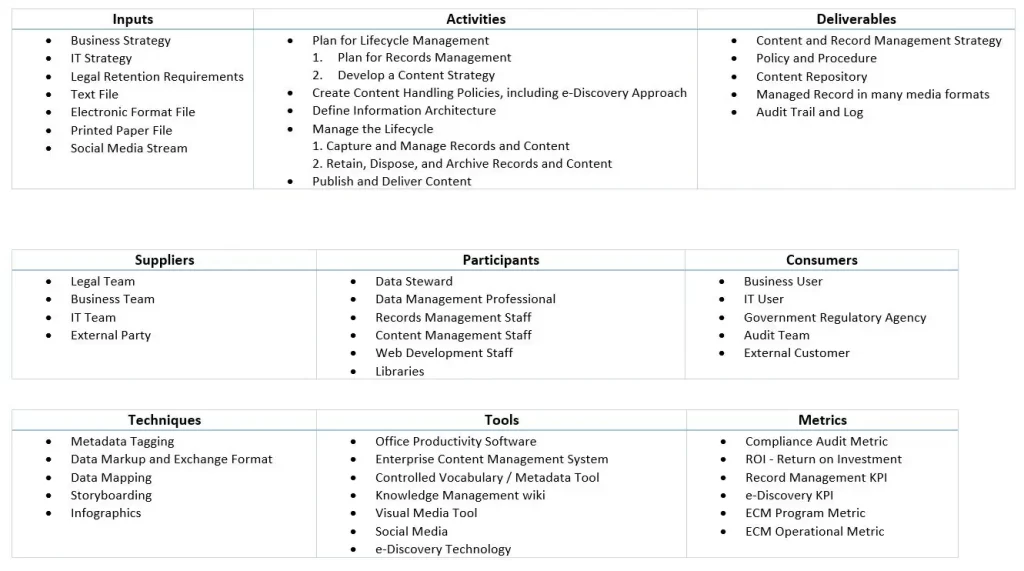Understanding Content: From Data to Information
What is Content? Data gives us raw material, whereas Information is the processed form of Data.
As per Wikipedia: Content is ‘something that is to be expressed through some medium, as speech, writing, or any of various arts.” Content is delivered via different media. In short, Content is a digestible form of information. Content is defined objectively: it is the set of data used to deliver a particular message.
Nature and Lifecycle of Content
Content is not static, and companies must constantly make sure the content they produce is up to date and generating consumer engagement. The lifecycle of content can be active, with daily changes through controlled processes for creation and modification, or it can be more static with only minor, occasional changes.
What is Content Management?
Content management includes the processes, techniques, and technologies for organizing, categorizing, and structuring information resources so that they can be stored, published, and reused in multiple ways.
This may be managed formally (strictly stored, managed, audited, retained, or disposed of) or informally through ad hoc updates.
C.M. is particularly important in websites and portals, but the techniques of indexing based on keywords and organizing based on taxonomies can be applied across technology platforms. As the scope of C management includes the entire enterprise, it is referred to as Enterprise C Management (ECM).
Document Management and Strategic Value
Document and Content Management entails controlling the capture, storage, access, and use of data and information stored outside relational databases. Its focus is on maintaining the integrity of and enabling access to documents and other unstructured or semi-structured information, which makes it roughly equivalent to data operations management for relational databases. However, it also has strategic drivers.


